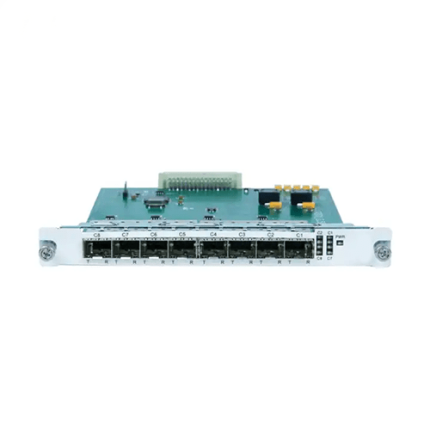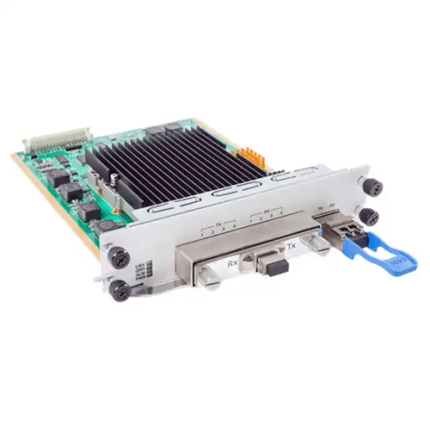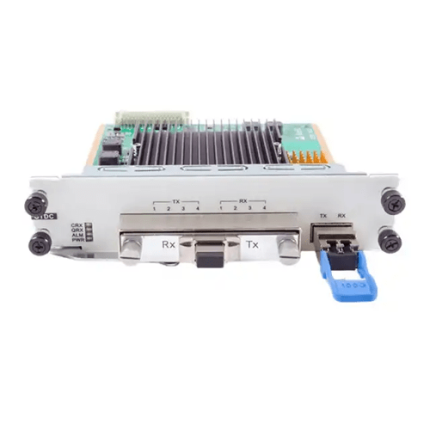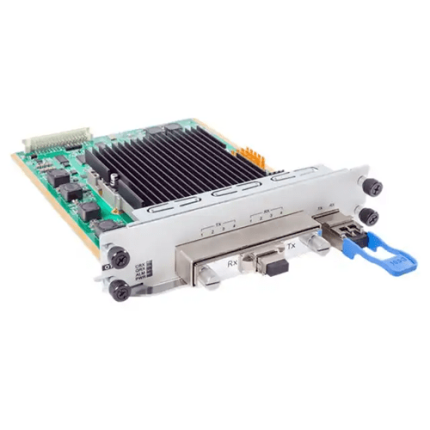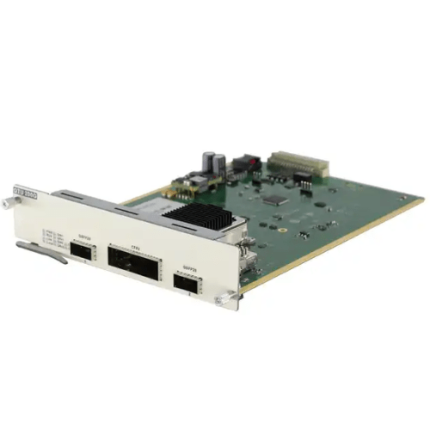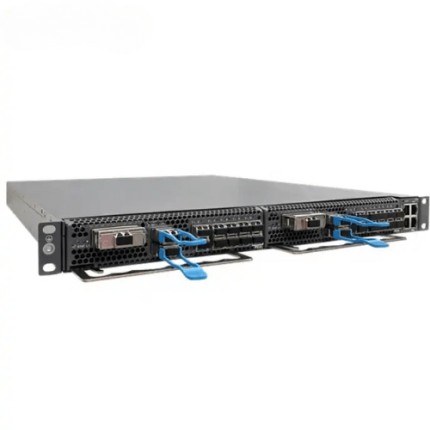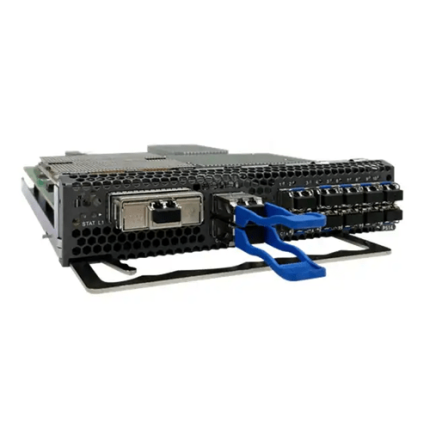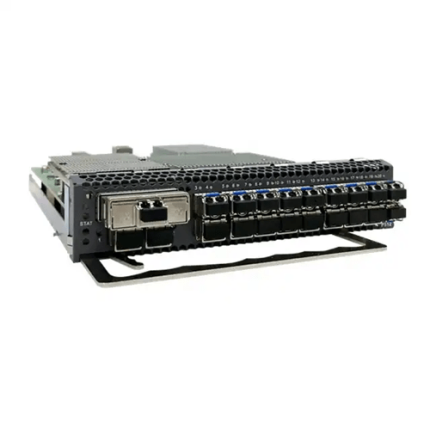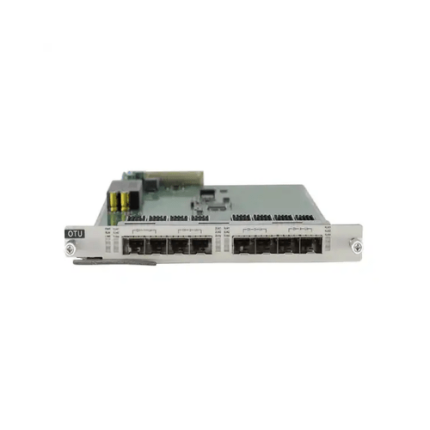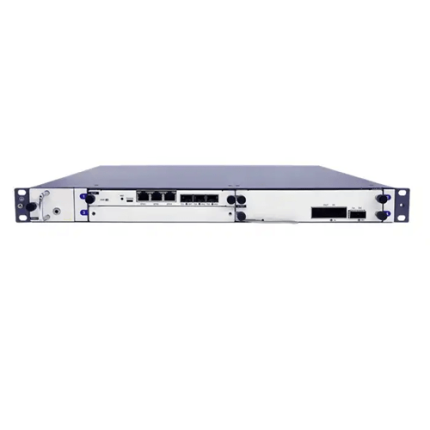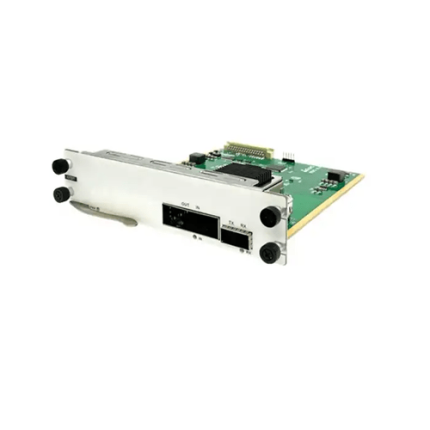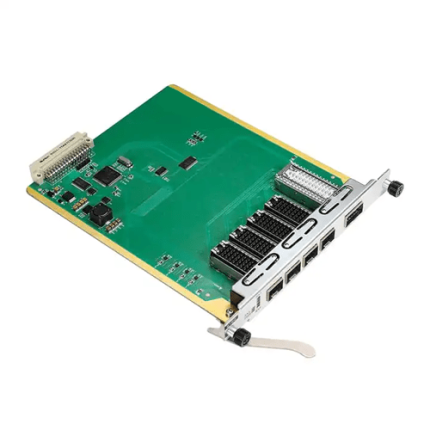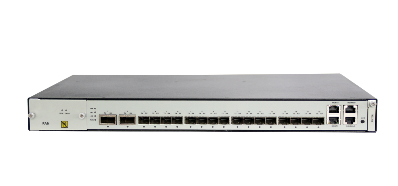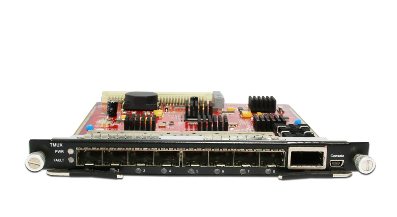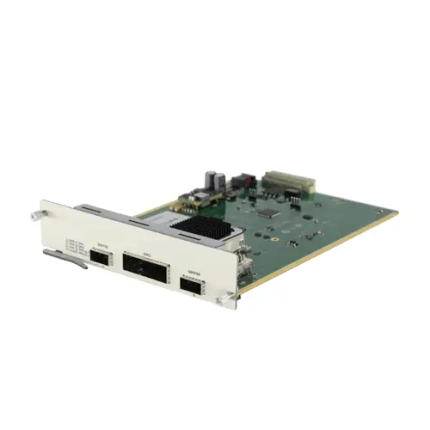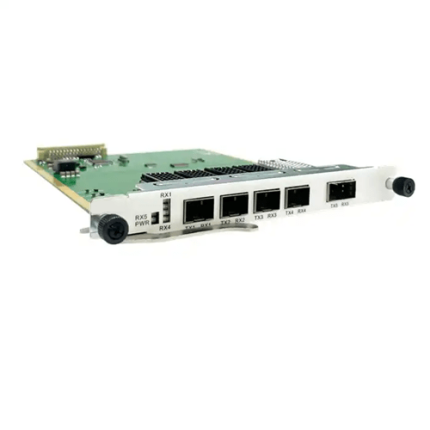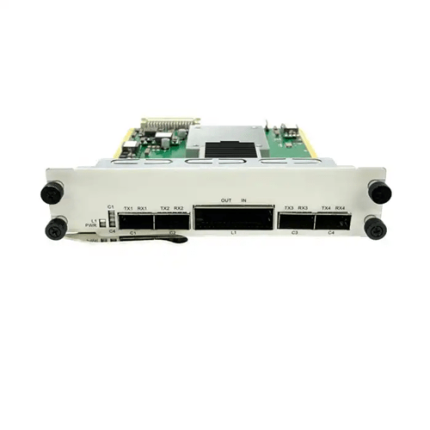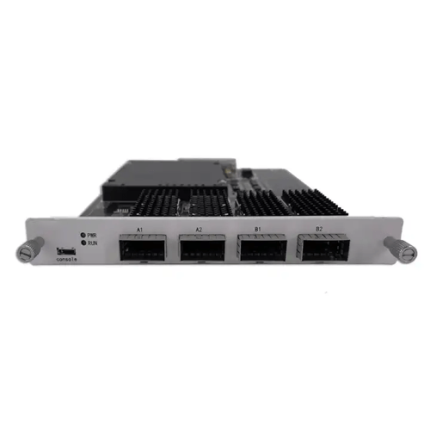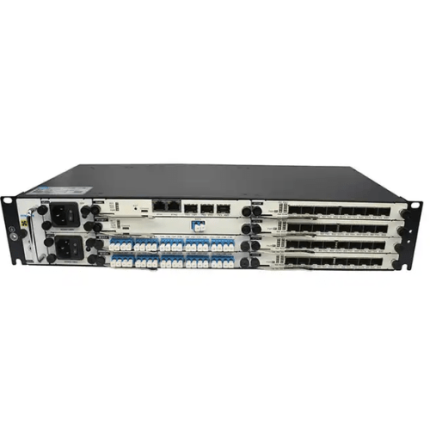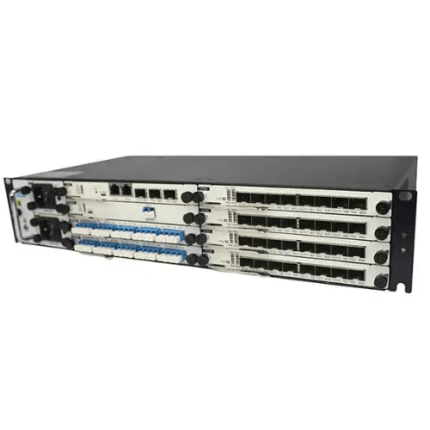Muxponders
GAO’s muxponders are devices used in optical networking to combine multiple signals onto a single wavelength for transmission over a fiber optic link. It is used in dense wavelength division multiplexing (DWDM) systems.
GAO’s muxponders are composed of an input interface, multiplexer, transponder, optical transmitter, wavelength assignment, optical multiplexer, management, and control interfaces.
The other common names of muxponder are multiplexer/transponder, transmux, wavelength aggregator, optical aggregation unit, data mux, optical transceiver, WDM transponder, data multiplexer, optical multiplexing device, transponder multiplexer, wavelength division multiplexer (WDM) transceiver, optical channel aggregator, muxponding unit, and data aggregation transceiver.
GAOTek CDR OTU Muxponder
GAOTek Coherent DWDM Muxponder
GAOTek Coherent DWDM Muxponder
GAOTek Coherent Transponder DWDM Muxponder
GAOTek Converged Muxponder
GAOTek DCI DWDM System Ethernet Muxponder
GAOTek DWDM Muxponder
GAOTek DWDM Muxponder Board
GAOTek DWDM Muxponder Card
GAOTek DWDM Muxponder Card
GAOTek DWDM Transport Muxponder
GAOTek DWDM Tunable Muxponder
GAOTek Multi-Rate Muxponder
GAOTek Multiple OTN Muxponder
GAOTek Multiprotocol 10 G OTN Muxponder
GAOTek Muxponder (8-port, 1.25G traffic, 10G interface)
GAOTek Muxponder Coherent Module
GAOTek Muxponder Solution
GAOTek Muxponder Transponder System
GAOTek OEO Muxponder Fiber Converter
GAOTek OEO Optical Muxponder
GAOTek Optical Muxponder
GAO Tek’s muxponders have the following functions,
- Multiplexing: The primary function of our muxponders is to combine multiple signals from different sources into a single composite signal. It takes input signals, which can be in different formats and protocols such as Ethernet, SONET/SDH, or Fiber Channel, and multiplexes them together. This enables efficient utilization of the available bandwidth and capacity of the fiber optic link.
- Trans-ponding: Our muxponders perform the transponder function, which involves converting the multiplexed electrical signals into an optical format suitable for transmission over a fiber optic link. It performs modulation, encoding, and other necessary operations to prepare the data for optical transmission.
- Wavelength Assignment: In dense wavelength division multiplexing (DWDM) systems, where multiple wavelengths of light are used to transmit data over the same fiber, our muxponders assign the multiplexed signal to a specific wavelength. It ensures that each wavelength carries the appropriate combination of signals.
- Protocol Conversion: GAO’s muxponders can also perform protocol conversion, allowing signals of different protocols and speeds to be combined and transmitted over a common wavelength. For example, it can convert Ethernet signals to SONET/SDH or Fiber Channel signals, and vice versa.
- Optical Power Management: GAO’s muxponders incorporate optical power management features to monitor and control the optical power levels of the transmitted signals. This ensures that the optical signals are within the acceptable power range for proper transmission and avoids signal degradation or damage to the network components.
GAO Tek’s muxponders are rugged, versatile, and precision measurement instruments. they comply with applicable industry standards such as optical transport network (OTN) standards, ethernet standards, synchronous optical networking (SONET) and synchronous digital hierarchy (SDH) standards, fiber channel standards, dense wavelength division multiplexing (DWDM) standards, management, and control standards.
Our muxponders help our customers comply with relevant U.S. government regulations such as:
- Federal Communications Commission (FCC) Regulations
- National Institute of Standards and Technology (NIST) Regulations
- Export Control Regulations
- Cybersecurity and Data Privacy Regulations
Our muxponders help our customers comply with relevant Canadian government regulations such as:
- Industry Canada Regulations
- Canadian Radio-television and Telecommunications Commission (CRTC) Regulations
- Personal Information Protection and Electronic Documents Act (PIPEDA)
- Canadian Encryption Regulations
Our muxponders have the following applications:
- Dense Wavelength Division Multiplexing (DWDM) Networks: GAO’s muxponders are used in DWDM networks to combine multiple signals onto a single wavelength for transmission over a fiber optic link. They enable the efficient utilization of the available fiber capacity by multiplexing multiple data streams onto different wavelengths.
- Metro and Long-Haul Networks: Our muxponders are used in both metro and long-haul optical networks to aggregate and transport data from various sources. They allow service providers to consolidate multiple clients signals onto a high-capacity wavelength, reducing the number of fibers needed and optimizing network resources.
- Data Center Interconnect (DCI): GAO’s muxponders are used in connecting and interconnecting data centers. They enable the aggregation and transmission of high-speed data, including Ethernet, Fiber channels, and other protocols, over long-distance fiber connections. Our muxponders help achieve efficient and scalable connectivity between data centers, supporting data replication, disaster recovery, and cloud computing applications.
- Enterprise Networking: GAO’s muxponders find applications in enterprise networks where high-capacity data transport is required. They are used to consolidate and transport various types of traffic, such as Ethernet, Fiber Channel, and SONET/SDH, over optical links. Our muxponders provide cost-effective solutions for enterprises that require efficient utilization of their fiber infrastructure.
Our muxponders can be shipped overnight within the continental U.S. and Canada, and can be shipped globally.


